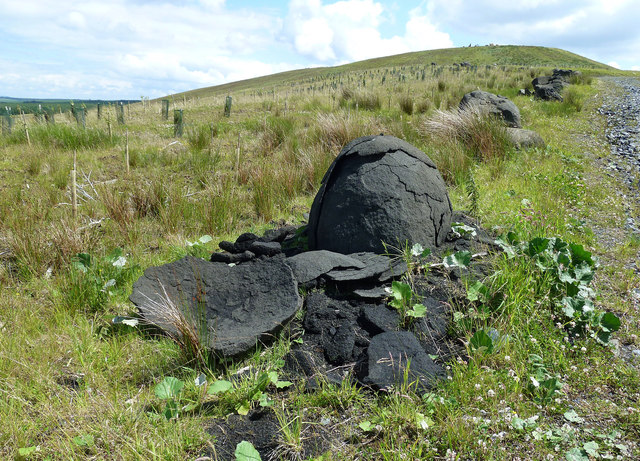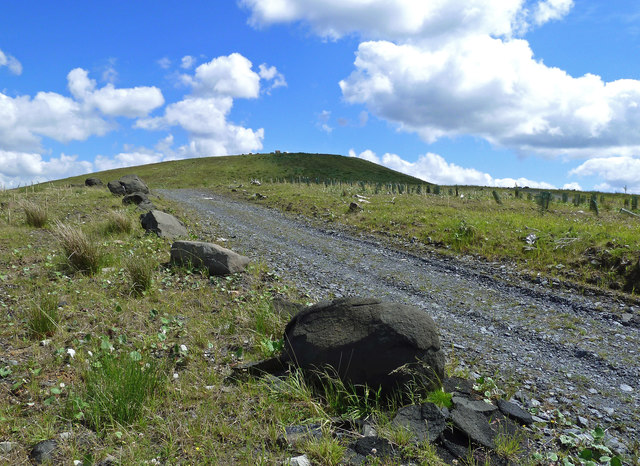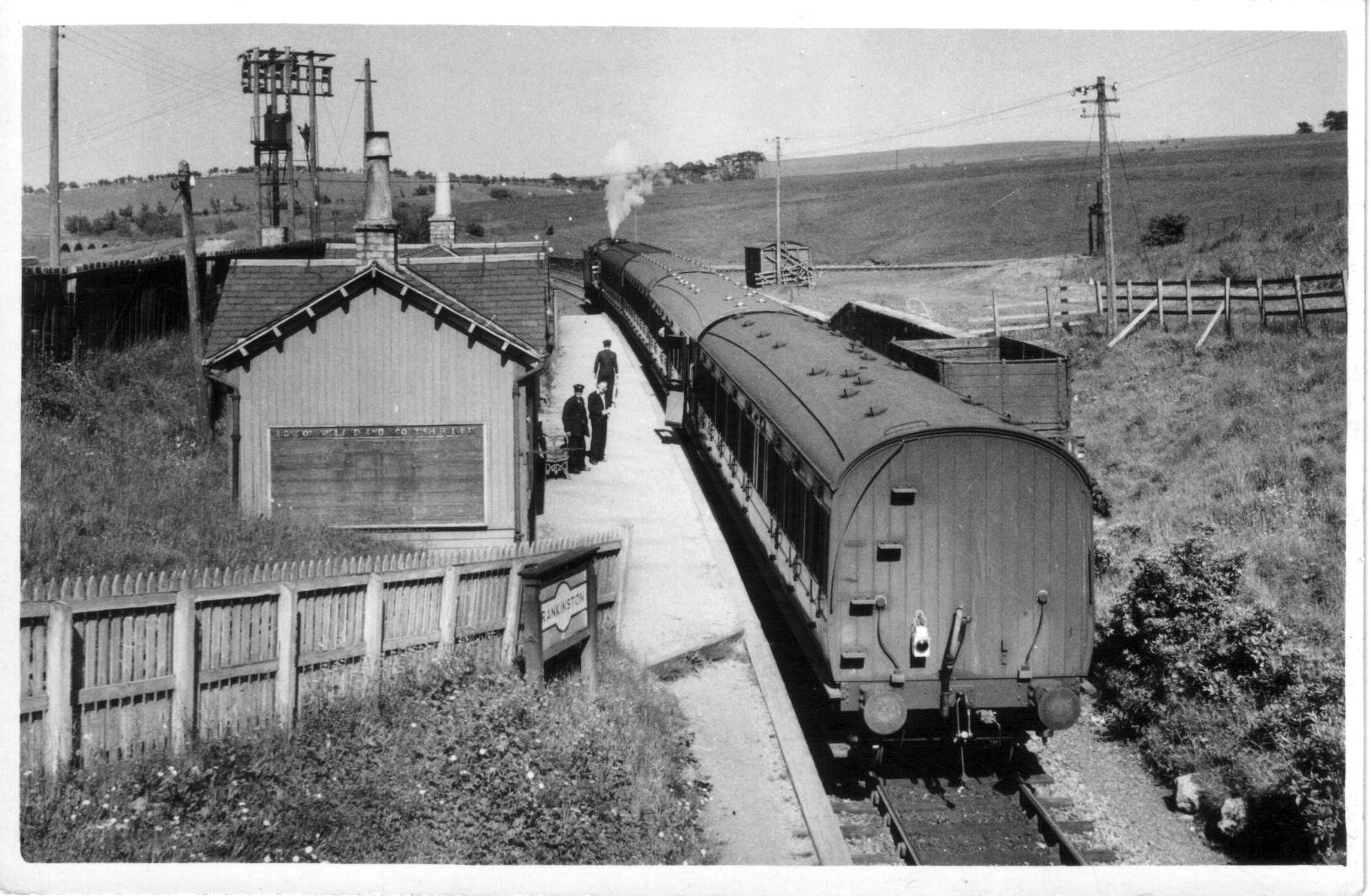Bow Hill
Hill, Mountain in Ayrshire
Scotland
Bow Hill

Bow Hill is a prominent landmark located in the picturesque region of Ayrshire, Scotland. Standing at an impressive height of 570 meters (1,870 feet), it is considered one of the highest peaks in the area. Situated within the beautiful Galloway Forest Park, Bow Hill offers stunning panoramic views of the surrounding countryside, making it a popular destination for hikers, nature enthusiasts, and photographers.
Covered in lush greenery, the hill is predominantly composed of granite, which gives it a distinctive rugged appearance. Its slopes are adorned with a diverse range of flora and fauna, including heather, mosses, and various species of birds, making it a haven for wildlife. The hill is also home to a number of walking trails, ranging from gentle strolls to more challenging hikes, providing opportunities for visitors of all fitness levels to explore its natural beauty.
At the summit of Bow Hill, visitors are rewarded with breathtaking vistas that stretch as far as the eye can see. On clear days, it is possible to see the distant peaks of the Southern Uplands, the Isle of Arran, and even the coast of Northern Ireland. Additionally, the hill's strategic location offers a commanding view of the nearby towns and villages, providing a unique perspective of the Ayrshire landscape.
Bow Hill, with its majestic presence and awe-inspiring views, is a must-visit destination for anyone seeking to immerse themselves in the natural wonders of Ayrshire. Whether for a leisurely stroll or a challenging hike, this remarkable mountain promises an unforgettable experience for all who venture to its summit.
If you have any feedback on the listing, please let us know in the comments section below.
Bow Hill Images
Images are sourced within 2km of 55.373933/-4.4564453 or Grid Reference NS4411. Thanks to Geograph Open Source API. All images are credited.








Bow Hill is located at Grid Ref: NS4411 (Lat: 55.373933, Lng: -4.4564453)
Unitary Authority: East Ayrshire
Police Authority: Ayrshire
What 3 Words
///rips.scribble.bottled. Near Patna, East Ayrshire
Nearby Locations
Related Wikis
Polnessan
Polnessan (Scottish Gaelic: Poll an Easain, pool on the small waterfall) is a small rural village in East Ayrshire, Scotland. Polnessan has a population...
Cairntable Halt railway station
Cairntable Halt railway station was a railway station serving a rural district and the miners' row of forty-eight houses at the Cairntable Terraces, East...
Rankinston
Rankinston is a village in East Ayrshire, Scotland, 3⁄4 mile (1.2 km) off the B730, approximately 12 miles (19 km) south east of the town of Ayr. Rankinston...
Patna railway station (Scotland)
Patna railway station was a railway station serving Patna, East Ayrshire, Scotland. The station was originally part of the Ayr and Dalmellington Railway...
Have you been to Bow Hill?
Leave your review of Bow Hill below (or comments, questions and feedback).













